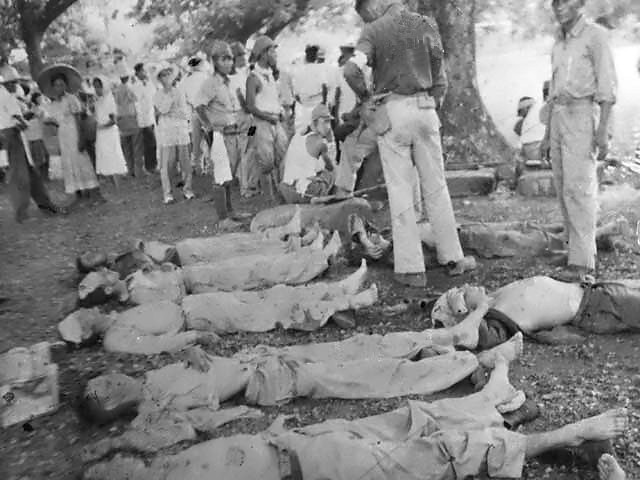
Plans have been announced to commemorate the 75th anniversary of the infamous “Bataan Death March”… with a fun run along the route of the wartime atrocity.
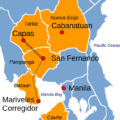
It has also been announced that organisers are reaching out to the Japanese to get involved, saying that maintaining current peaceful relations are more important than dwelling on the past.
The infamous event saw the Japanese force some 75,ooo Filipino and American soldiers to march for five days in the most appalling conditions. It is estimated that at least a third died during the ordeal, which would amount to about one dead body for every four yards of the route.

Roberto de Ocampo, chairman of the Philippine Veterans Bank (PVB), said the events in April would focus on honouring the survivors of the atrocity. “Our countrymen, especially the youth, should not forget the Bataan Death March,” he said. “This is the kind of heroism which is very difficult to find these days.”.
The forced march began on April 9, 1942, after the US surrender of the Bataan peninsular. The captives — mostly soldiers but including some civilians — were force-marched for 65 miles in suffocating heat, suffering frequent acts of brutality from the Japanese guards. Those that fell, exhausted, would be bayonetted where they lay.
After their ordeal, thesurvivors were crammed into trains and taken by rail to prisoner-of-war camps in Tarlac province, where thousands more died from disease, mistreatment and starvation.
The so-called Fall of Bataan effectively marked Japan’s successful occupation of the Philippines, then a US territory. It came just four months after Japan attacked Pearl Harbor and launched its invasion of the country in December 1941.
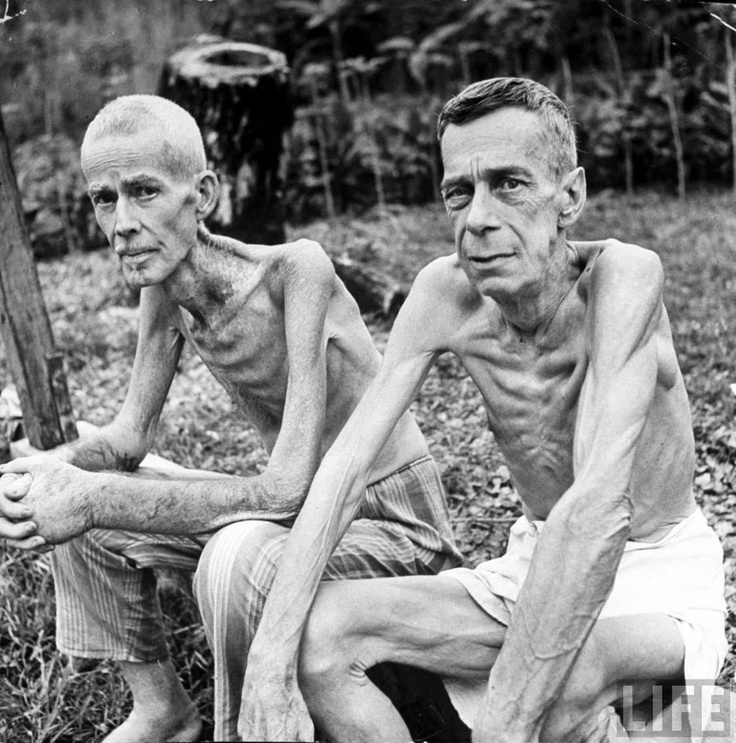
Japanese leaders have since expressed remorse for causing such suffering in the Philippines, but many feel their apologies have never gone far enough.
Japan’s occupation of the Philippines lasted until the American-led liberation in 1945. It’s final payment of war reparations to Manila about a decade later led to the normalisation of the two countries’ diplomatic relations.
Manila and Tokyo currently regard each other as “strategic partners,” with the former receiving substantial aid and investments from the latter.
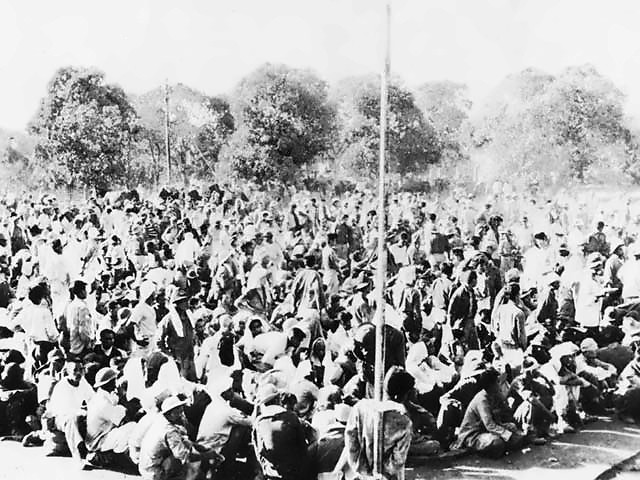
However, many believe that a vast fortune looted by the Japanese from across Southeast Asia remains unaccounted for. To learn more about the legendary Yamashita Treasure, click here and here.
Among the events planned for the anniversary — which seem in highly dubious taste — are a marathon and run-and-bike event along the route of the march.
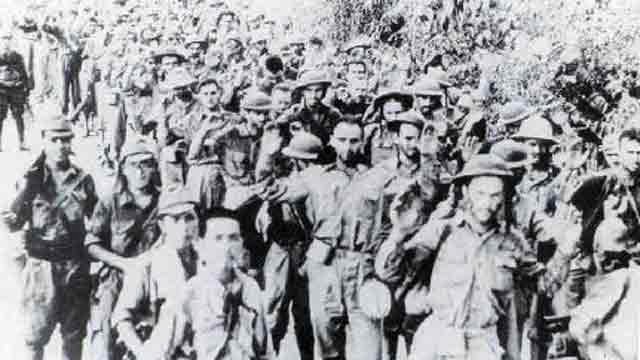
The PBV’s Miguel Villa-Real said foreign participants, including some from Japan, were expected to take part in the events, which will also be complemented by other activities that the Philippine Veterans Affairs Office (VAO) have lined up for that week.
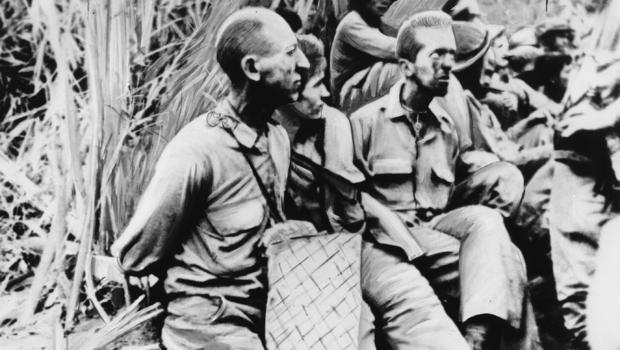
Ernesto Carolina, VAO spokesman, said: “It’s been 75 years, and Japan is now a very close friend and ally of the Philippines.
“If the President invited the Japanese prime minister to his home, then there’s no reason why they should not be invited here. We’ll be very glad to have them participate in these activities.
“The clear message to everyone, including Japan, is that peace is a lot better than conquest. And therefore, we have learned our lessons over the years.
“And our peaceful relations are what we have to continue to expand and to remember.”

Comments are closed.